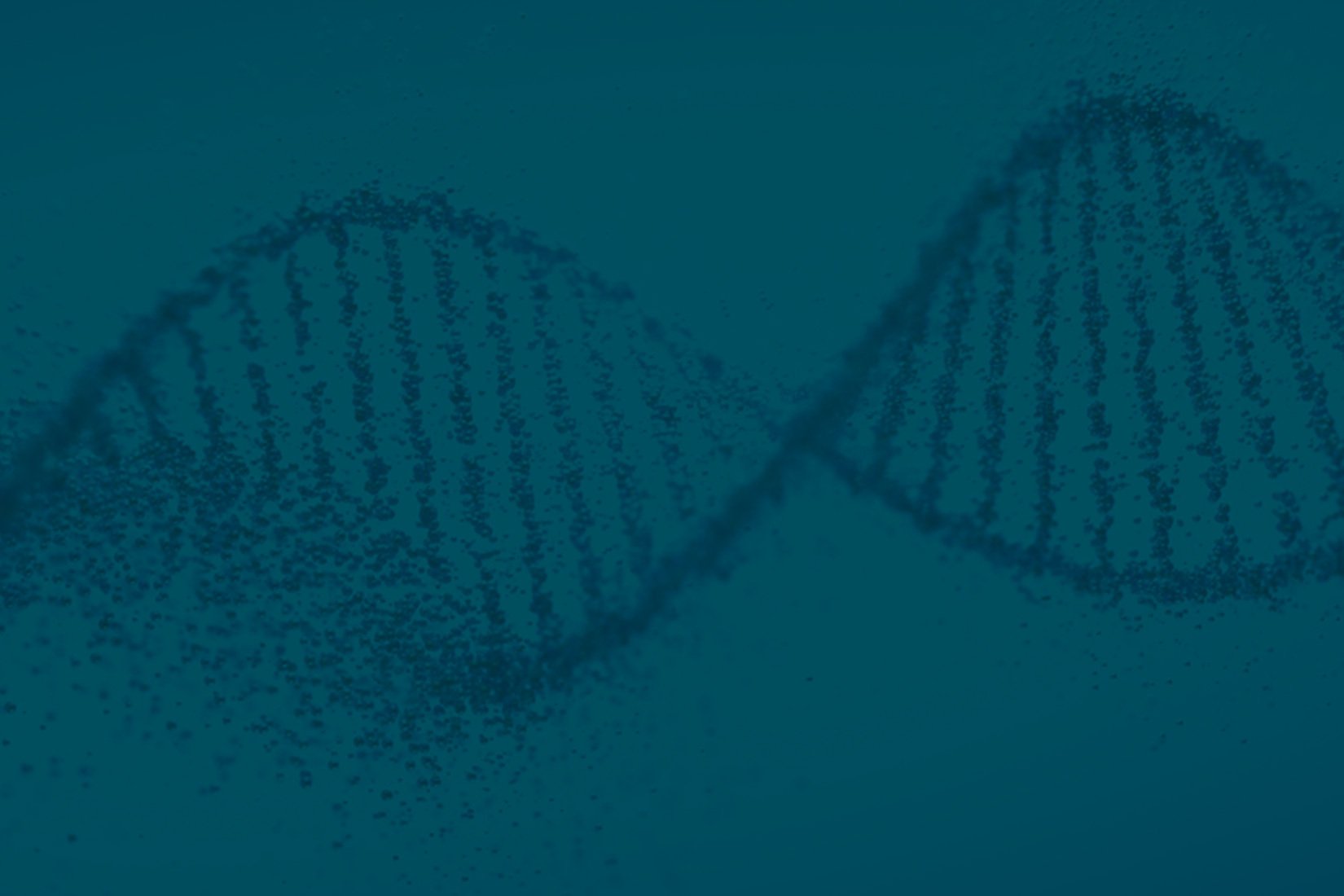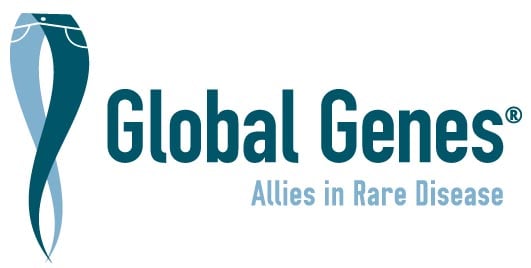The Basics
Name: Lori Sames
Title: CEO
Organization: Hannah’s Hope Fund
Disease focus: Giant axonal neuropathy (GAN) is a recessively inherited condition that results in progressive nerve death. GAN generally appears in early childhood and progresses slowly as neuronal injury becomes more severe. As the disorder progresses, patients become quadriplegics, dependent on a feeding tube and ventilator before dying typically in the second or third decade. There are now some confirmed GAN cases that are milder progressing.
Headquarters: Rexford, New York
How did you become involved in rare disease: My youngest daughter Hannah has GAN, an ultrarare genetic disorder.
Previous career: I was a stay at home mom when Hannah was diagnosed. I had planned to go back to a career when Hannah was in kindergarten or first grade.
Education: B.A. in economics from St. Michaels College in Vermont
The Organization
Organization’s mandate: Our mandate is to raise funds for the development of treatments and an eventual cure for giant axonal neuropathy.
Organization’s strategy: We are ultra-focused on therapy developments. While the basic science is critical and there are lots of scientific questions that need to be answered, we are really focused on translational programs and hope the National Institutes of Health can step up and help fund the basic science.
Funding strategy: We do grassroots fundraising. We also work to protect assets that get developed so money can come back to the charity for its sustainability. Anything we develop we try to have the right of first refusal to develop or sell with the hope of development milestones and a royalty stream to fund the strategy. We operate like a virtual biotech.
What’s changing at your organization in the next year: The first gene therapy trial for GAN is taking place at the National Institutes of Health. We hope to launch a trial targeting the autonomic nerves in the next 12 months.
Management Style
Management philosophy: I’m rather hands-off. I let people run with things independently.
Guiding principles for running an effective organization: Always do what’s best for the patients and everything else will work out.
Best way to keep your organization relevant: Continue to develop first-in-human therapies. Our organization was first in human with an intrathecal route of administration with an AAV gene therapy to the central nervous system. Now we’re working on gene transfer to the autonomic nerves.
Why people like
working with you: We rely on volunteers and we have a whole army of people who
have been helping us since 2008. I think they want to be a part of something
they believe in. They know Hannah and love Hannah, and through social media
they’ve met many other kids with GAN around the world and they want to help.
Mentor: John Crowley (CEO of Amicus
Therapeutics) helped his two children by developing an enzyme replacement therapy.
His children were diagnosed years before my daughter was. Its been nice to be
able to call him with questions and ask him for his input throughout the years.
It’s been very valuable.
On the Job
What inspires you: The courage and
bravery of these children inspires me.
What makes you hopeful: The people working with us to advance these treatments to human trials makes me hopeful.
Best organization decision: With limited funds, the best decision was to focus on gene therapy rather than the basic science.
Hardest lesson learned: The hardest lesson learned is that you can’t always trust people will do what’s ethically and morally best for patients.
Toughest organization decision: We never wanted to put all of our eggs in one basket, but because our funds were so limited, we had to focus on gene therapy and didn’t have funds to invest in basic science. The NIH doesn’t have adequate funding to fund the critical basic science that’s needed for targeted small molecule drug development. It’s been very hard to ignore the basic science, but the gene therapy is no doubt is having significant impact in patients. While it was the best decision, the basic science is moving slowly.
Biggest missed opportunity: Asking the NIH to run the clinical trial. If I could press the reset button, I would have launched a $5 million fundraising campaign and paid for the clinical trial in an academic setting. Sadly, NIH investigators are overworked, and clinical trials are taking six years to execute there.
Like best about the job: What I like best is the flexibility I have in my day to be able to meet Hannah’s needs. I love spending my day feeling like I’m impacting these children’s lives around the world.
Like least about the job: What I like least is that I’m doing this to save my own child’s life. I wish there wasn’t that constant pressure. Time is precious.
Pet peeve: People not feeling urgency
First choice for a new career: I would have a career in medical device sales. It was the career I was going to pursue before Hannah got diagnosed. I think I would like it, but it wouldn’t be nearly as rewarding.
Personal Taste
Most influential book: The Birth Order Book: Why you are the way
you are by Kevin Leman
Favorite movie: The Upside
Favorite music: Adele
Favorite food: Filet mignon dripping with butter
Guilty pleasure: Going to Marshalls
Favorite way to spend free time: With Hannah, strolling around our neighborhood and running into neighbors.

Stay Connected
Sign up for updates straight to your inbox.
